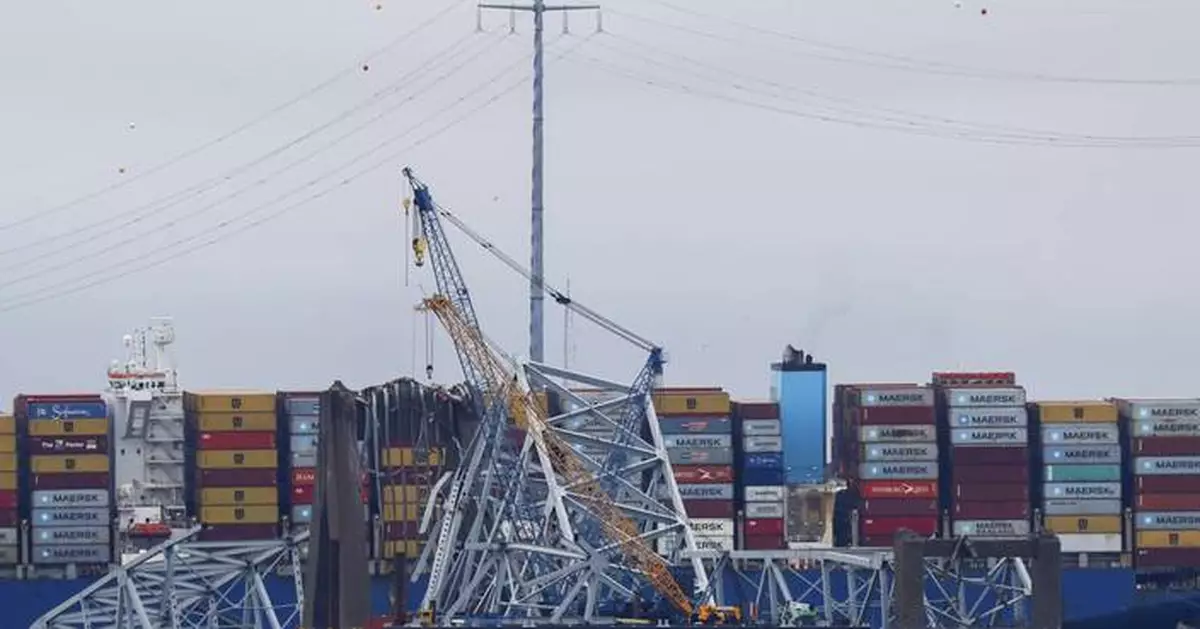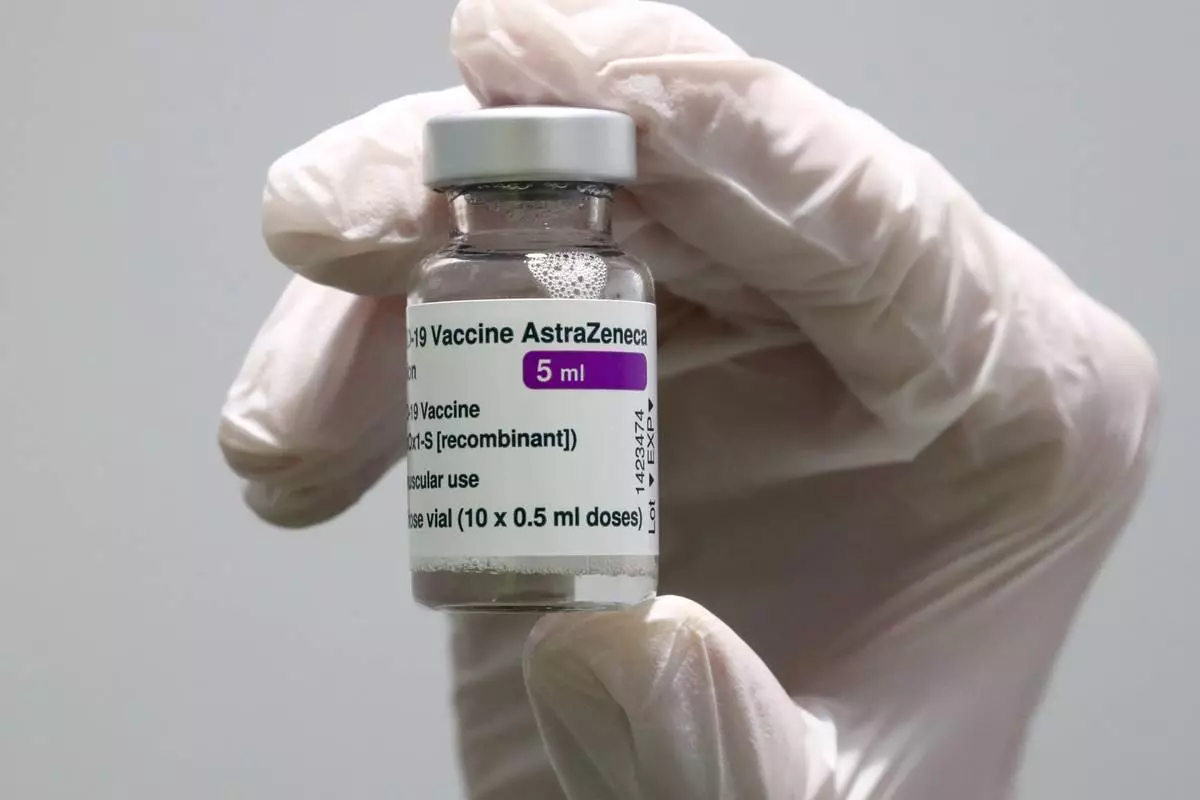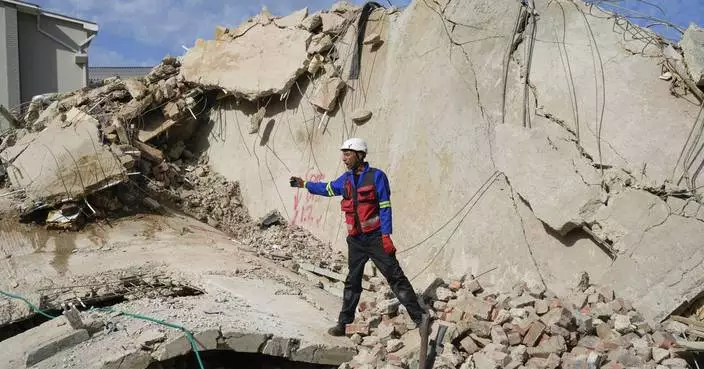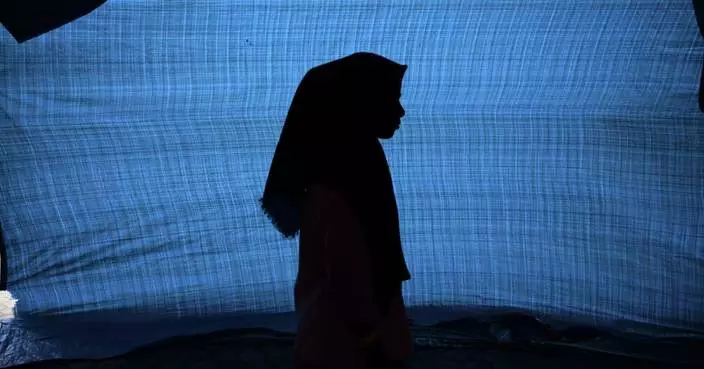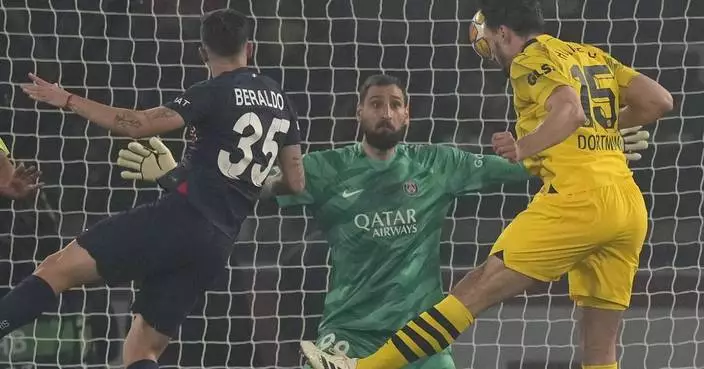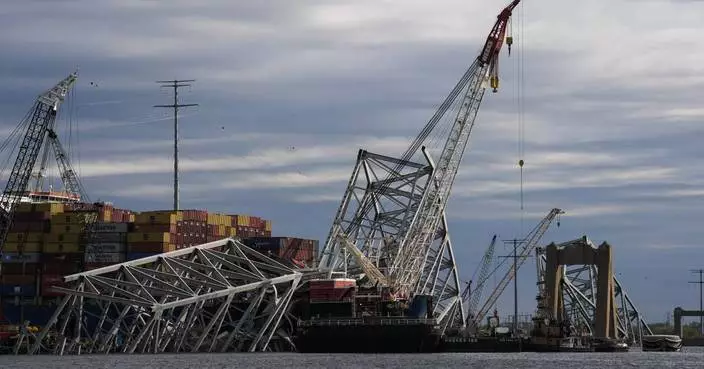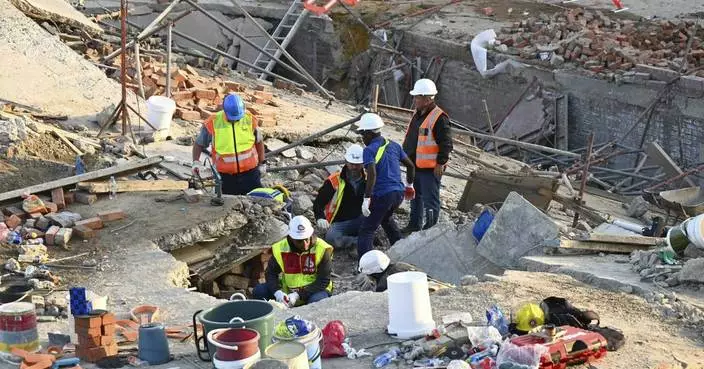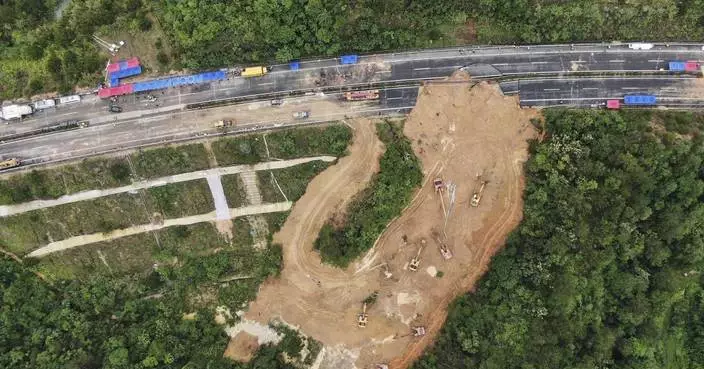In the moments before the cargo ship Dali rammed into the Francis Scott Key Bridge and sent it crumbling into the water, a flurry of urgent warnings crackled over radios and enabled police to block traffic from getting on the span, likely saving lives.
But those warnings seemingly didn’t reach the six construction workers who were killed in last week’s collapse of the Baltimore bridge. Their deaths have raised questions about whether the construction company took proper precautions, including keeping a safety boat nearby that might have been able to warn them at least a few seconds before impact.
Federal regulations require construction companies to keep such boats, commonly known as skiffs, on hand whenever crews are working over waterways, safety experts told The Associated Press. There is no indication that the construction company, Brawner Builders, had a rescue boat on the water or ready to be launched as the bridge fell.
“If you’re working over a bridge like that, the standard interpretation doesn’t give you an option,” said Janine McCartney, a safety engineer for HHC Safety Engineering Services Inc. “The skiff is required, period.”
Coast Guard representatives and other officials said they were unaware of any Brawner boat in the water at the time of the March 26 collapse. And satellite images from around the time of the collapse appeared to show no skiff in the river near the bridge.
Even if the workers had been warned that the giant ship was about to hit, it's unclear if they would have had enough time to scramble to safety.
The archived recordings of the bridge's maintenance radio channel from early that morning include only one minor exchange between two maintenance workers about the approaching ship, though it’s unclear if either was on or near the span at the time. In the exchange, a man with a muffled voice seemed to ask what was going on, and the other replied, “They’re just holding traffic because a ship lost its steering, that’s all.” The bridge collapsed less than 30 seconds later.
But if a safety boat were present, experts said, it might have been able to use a marine radio and required walkie-talkies to warn the construction workers about the Dali's distress calls, possibly giving them a chance to act. Authorities say a construction inspector was able to run to a section of the bridge that didn’t collapse, though it’s unknown what warning, if any, he received.
A Brawner representative declined to comment for this story, saying the company is focused on taking care of the families of the workers, who were filling potholes on the bridge when it collapsed. Brawner has used safety skiffs for work on bridges in the past, according to a deposition of a company executive that was part of a 2011 lawsuit.
Occupational Safety and Health Administration regulations say construction companies performing work over waterways must have at least one safety boat available. OSHA officials have said in rule interpretations over the years that the required boat can “ensure prompt rescue of employees that fall into the water, regardless of other precautions taken to prevent this from occurring.”
An OSHA spokesperson didn't respond to repeated requests for clarification on that regulation.
Some states have rules clarifying that the boats aren't required under certain conditions, such as when the work being done is contained within the guardrails of a bridge. But Maryland isn't among them and does require that a safety skiff be present when workers are over or near water. A spokesperson for the Maryland Occupational Safety and Health, which oversees compliance with federal labor regulations, declined to comment on the Key Bridge collapse or Brawner's safety record, citing the open investigation into the tragedy.
Dennis O’Bryan, a maritime lawyer, said he believes the skiff requirement remains in effect even when there is little risk of drowning unless the company secures an exemption from the state.
“If there was a skiff there, it would have heard the mayday call and radioed the workers to get off the bridge,” O’Bryan said. “There needs to be an investigation into whether the skiff was there and, if not, why it wasn’t.”
O'Bryan isn't representing any of the families of the workers who were on the Key Bridge when it collapsed. But in 2011, he represented a Brawner employee who was injured while operating a safety boat meant to monitor workers on a bridge. The lawsuit accused the company of not properly staffing the boat. It was settled for an undisclosed sum.
The AP requested a copy of the safety plan that Brawner submitted for the Key Bridge project, which was among more than 25 contracts worth a total of over $120 million that the state awarded the company in the past five years. The request was still being processed as of Tuesday.
Brawner has been cited three times for seven safety violations since 2018, including four citations for failing to provide proper fall protections, OSHA’s online enforcement records show. The company was fined close to $11,000 in informal OSHA settlements.
Several project foremen interviewed by the AP said that despite OSHA’s strict interpretations, it is not uncommon for construction companies to forgo the use of a safety skiff on jobs that don’t pose an imminent risk of drowning, and it's unclear when the regulation is enforced. In the past decade, there has been just one violation issued in Maryland during a bridge construction project for failure to provide a life-saving skiff, according to a review of available online OSHA records.
Some construction experts said a boat wouldn’t have made a difference because of the steep drop, the little time the crew had to react, and the tons of steel and debris that made it incredibly difficult for even trained rescuers to locate and reach the missing workers' bodies.
“You can have the most perfect safety plan and safety measures in place, and unless you have time to implement them, then who knows,” said Julio Palomo, president of Laborers International Union of North America Local 11, which represents Maryland and other parts of the Washington, D.C., area. “Would it just have put more people in danger having that boat in the water? We just don't know.”
Others, though, said a safety boat might have had a better chance to issue a warning over a direct radio line to the crew, something companies could consider when writing future safety plans in light of the Key Bridge collapse.
Ryan Papariello, a safety and health specialist with the Laborers’ Health and Safety Fund of North America, said that in safety plans for work on bridges, companies should think about including flotation devices and clear communication with the Coast Guard or anyone that’s patrolling the water. He also said future plans might include the use of specific loud noises that signal workers to evacuate.
“Obviously this wasn’t a foreseeable incident,” Papariello said. “A lot of the contractors that we see — and I’m not blaming the contractor — they just don’t have a valid rescue plan in place.”
Associated Press reporters Rebecca Boone and Mike Catalini contributed.
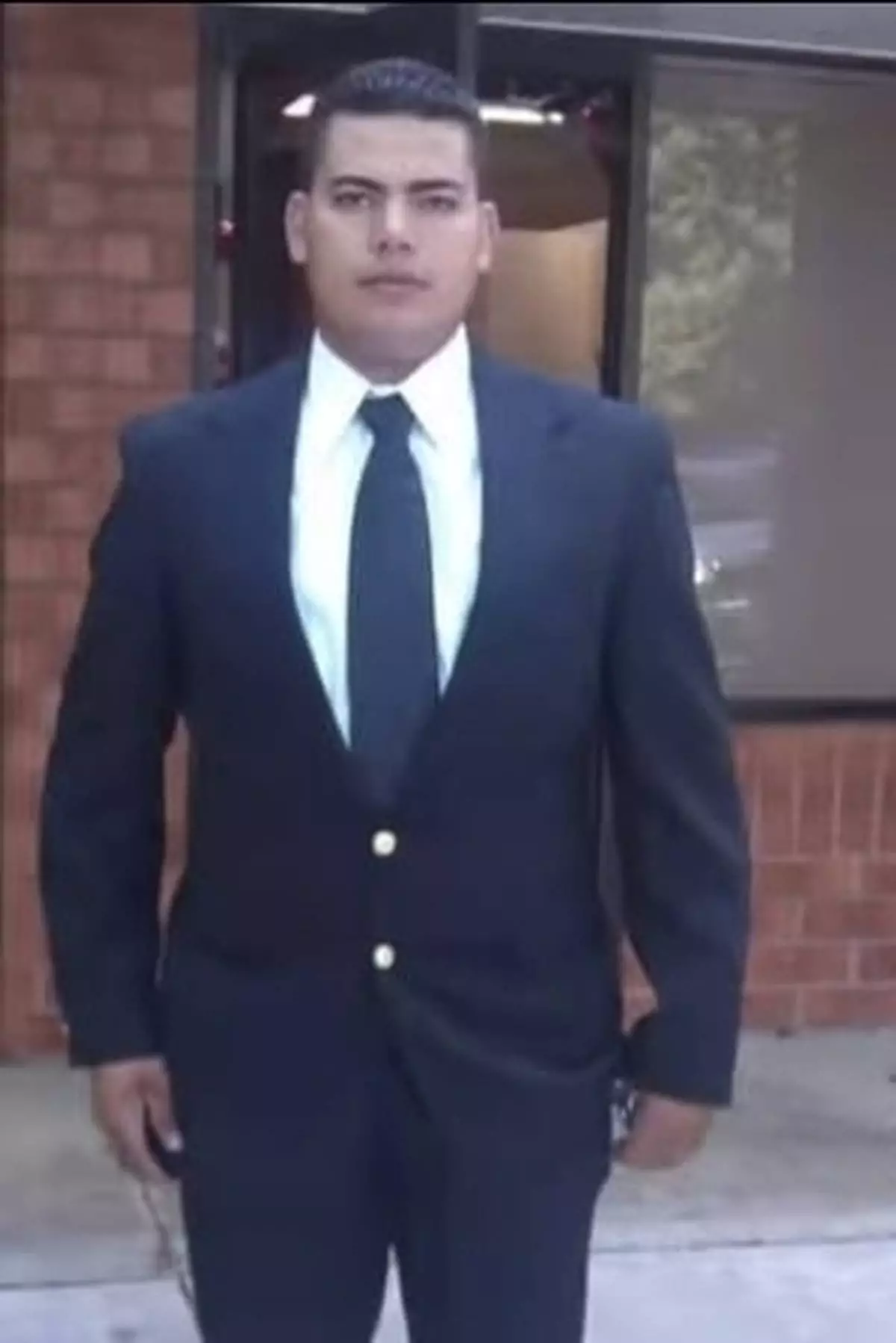
This 2018 photo courtesy of Martin Suazo Sandoval shows Maynor Yassir Suazo Sandoval after attending a religious service in Baltimore, Maryland. Maynor is one of the missing people who was part of a maintenance crew on the bridge in Baltimore that collapsed, according to his brother Martin. (Martin Suazo Sandoval via AP)
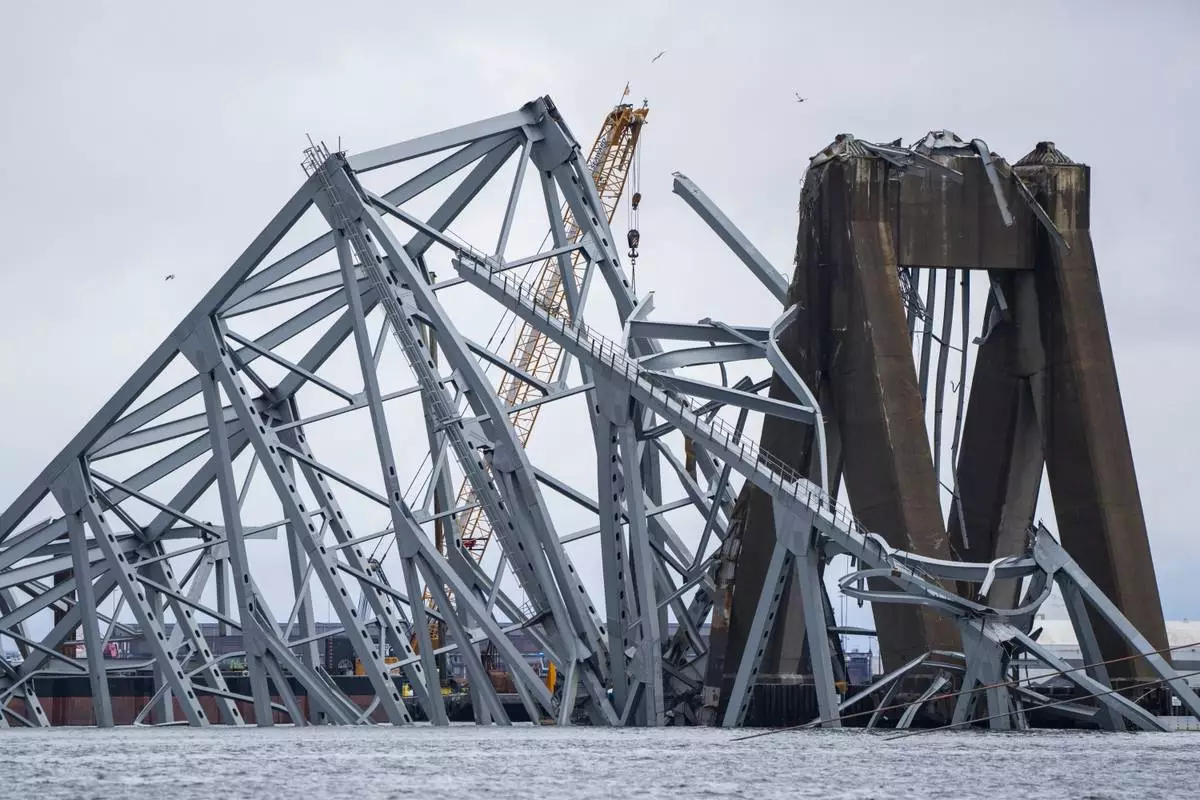
A section of the damaged and collapsed Francis Scott Key Bridge is seen, in the Baltimore port, Monday, April 1, 2024. (Kaitlin Newman/The Baltimore Banner via AP)
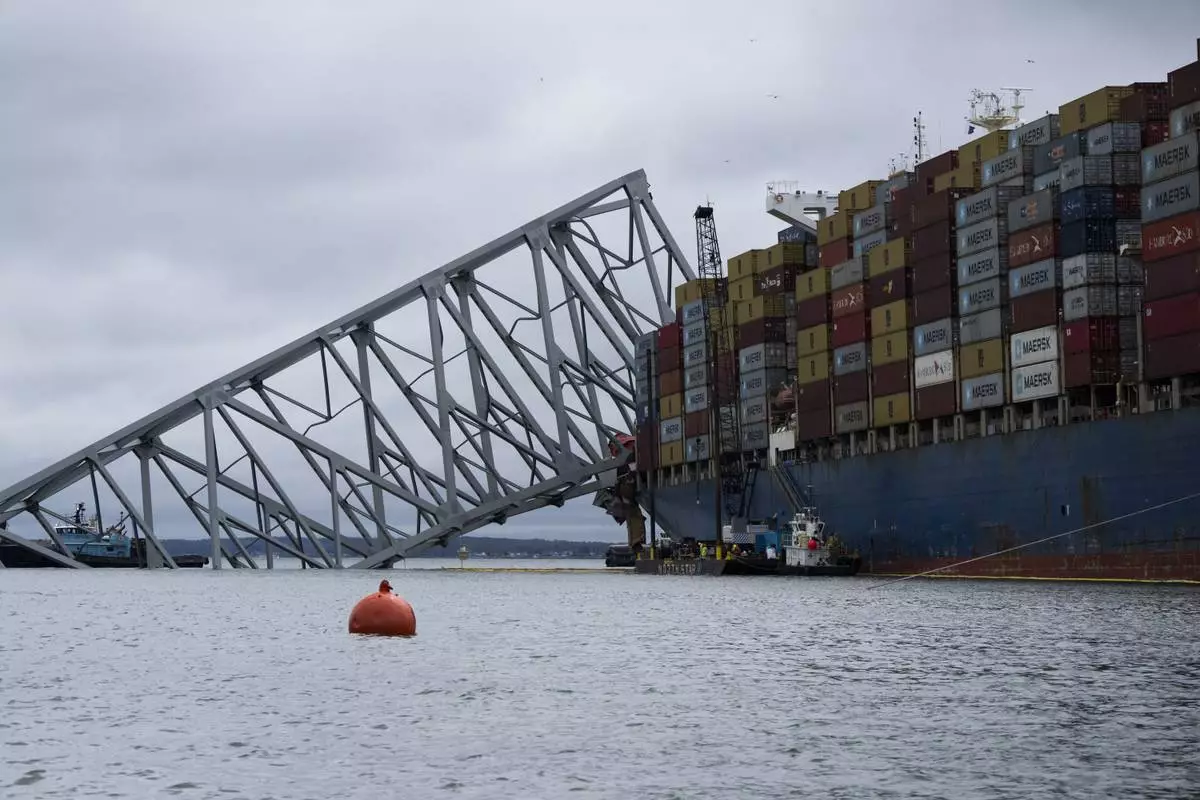
The Dali, a massive container ship from Singapore, still sits amid the wreckage and collapse of the Francis Scott Key Bridge in the Baltimore port, Monday, April 1, 2024. (Kaitlin Newman/The Baltimore Banner via AP)
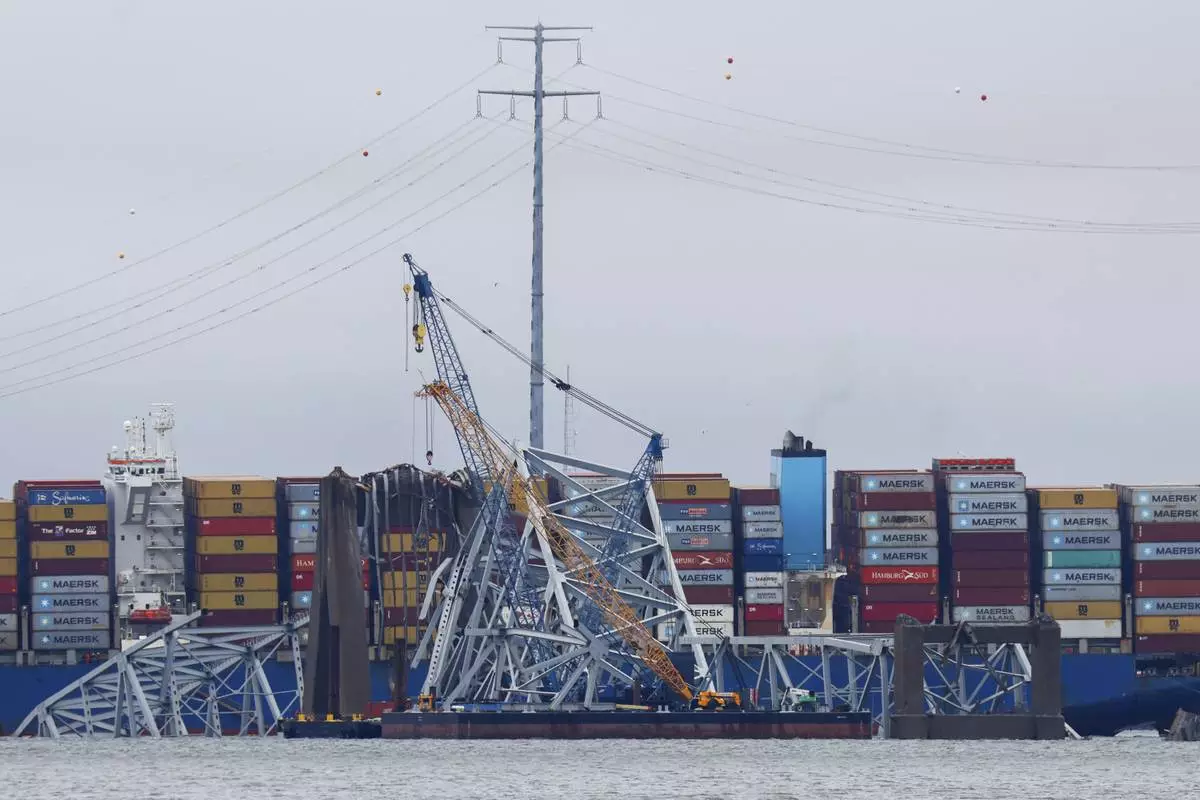
Salvage work continues on the collapsed Francis Scott Key Bridge, Tuesday, April 2, 2024, in Baltimore. (AP Photo/Julia Nikhinson)


